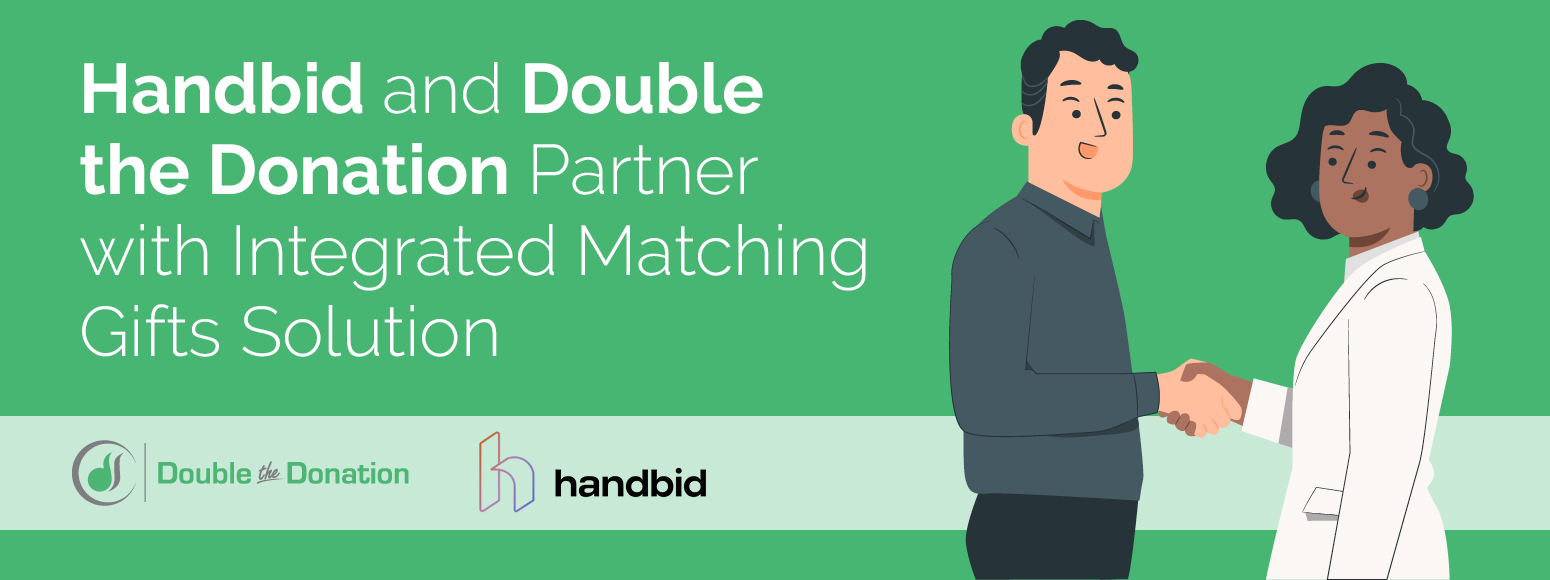
Handbid and Double the Donation Partner with Integrated Matching Gifts Solution
Handbid and Double the Donation are proud to announce a new integration…
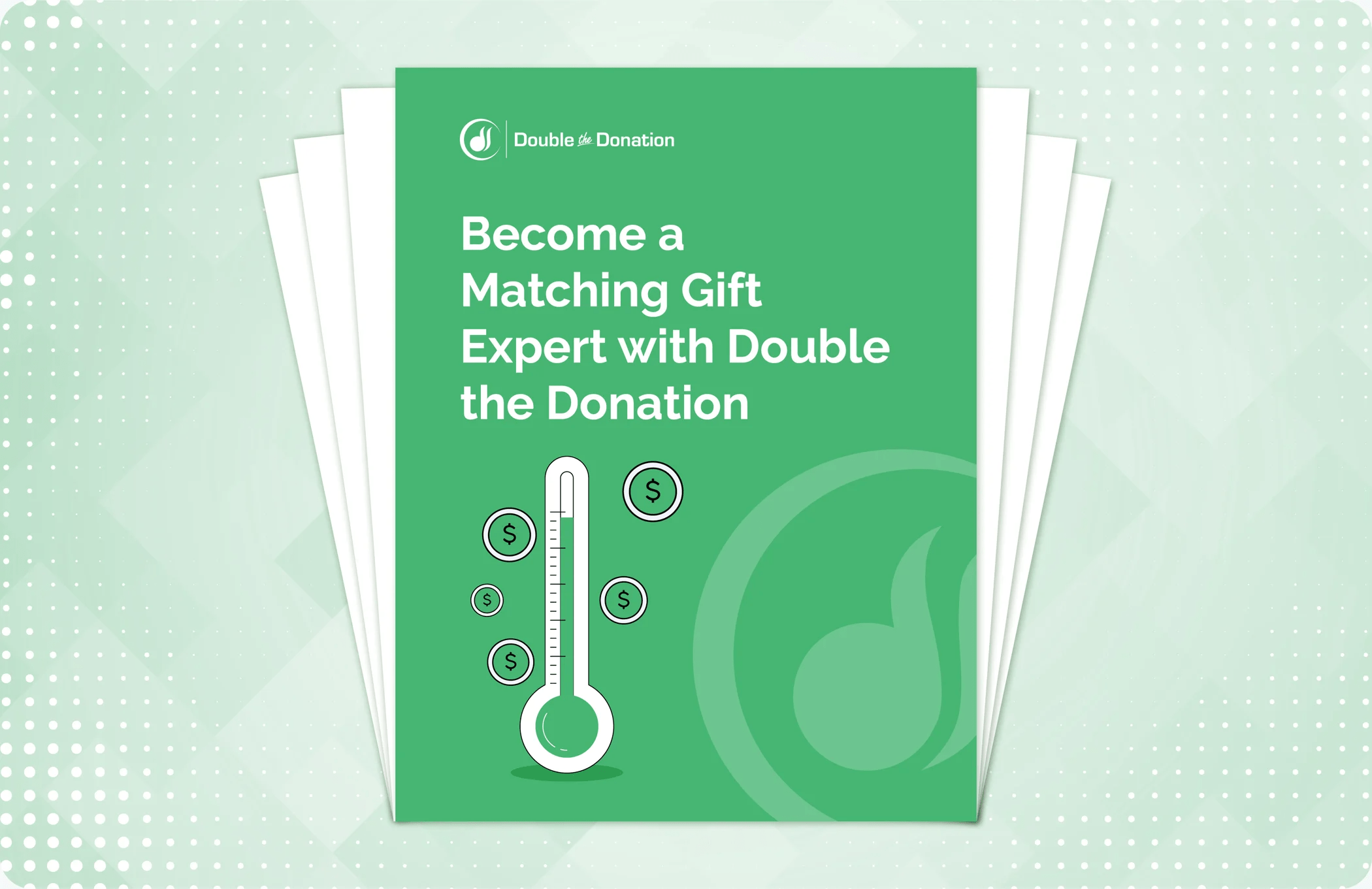 https://doublethedonation.com/wp-content/uploads/2016/04/Matching-Gifts-Download-min.png
1361
2100
Adam Weinger
https://doublethedonation.com/wp-content/uploads/2025/11/DTD-horizontal-logo-300x63.png
Adam Weinger2024-04-24 18:07:392025-07-25 12:41:59[Free Download] The Ultimate Guide to Matching Gifts
https://doublethedonation.com/wp-content/uploads/2016/04/Matching-Gifts-Download-min.png
1361
2100
Adam Weinger
https://doublethedonation.com/wp-content/uploads/2025/11/DTD-horizontal-logo-300x63.png
Adam Weinger2024-04-24 18:07:392025-07-25 12:41:59[Free Download] The Ultimate Guide to Matching Gifts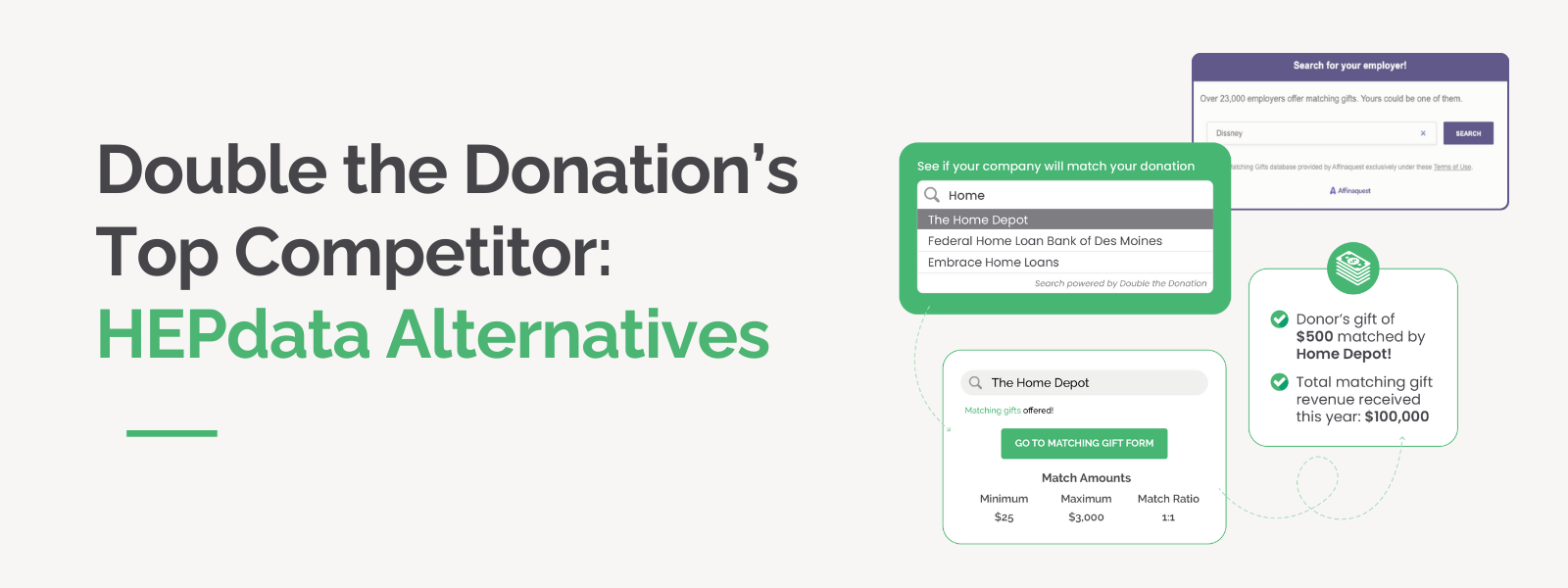 https://doublethedonation.com/wp-content/uploads/2025/04/DTD_Double-the-Donations-Top-Competitor-HEPdata-Alternatives_Feature.png
600
1600
Adam Weinger
https://doublethedonation.com/wp-content/uploads/2025/11/DTD-horizontal-logo-300x63.png
Adam Weinger2024-04-15 14:40:392025-09-18 14:03:52Double the Donation’s Top Competitor | HEPdata Alternatives
https://doublethedonation.com/wp-content/uploads/2025/04/DTD_Double-the-Donations-Top-Competitor-HEPdata-Alternatives_Feature.png
600
1600
Adam Weinger
https://doublethedonation.com/wp-content/uploads/2025/11/DTD-horizontal-logo-300x63.png
Adam Weinger2024-04-15 14:40:392025-09-18 14:03:52Double the Donation’s Top Competitor | HEPdata Alternatives
10+ Higher Education Fundraising Conferences to Attend
Higher education fundraising professionals work hard every…
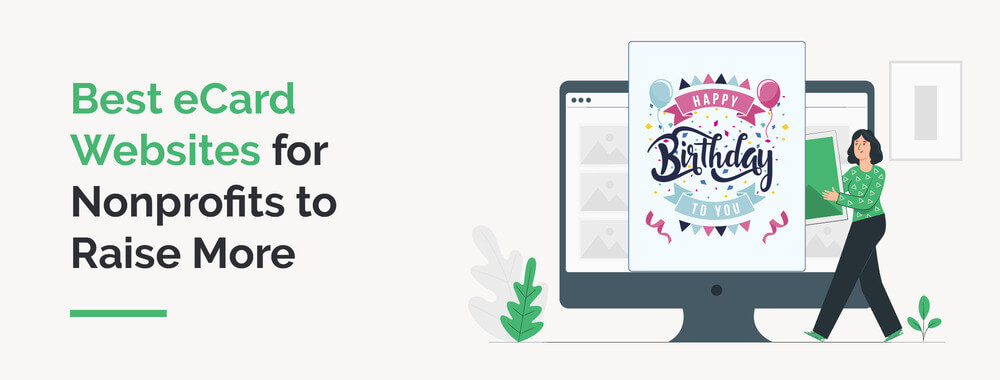
10+ Best eCard Websites for Nonprofits to Raise More
Whether someone is celebrating a birthday or needs a pick-me-up,…
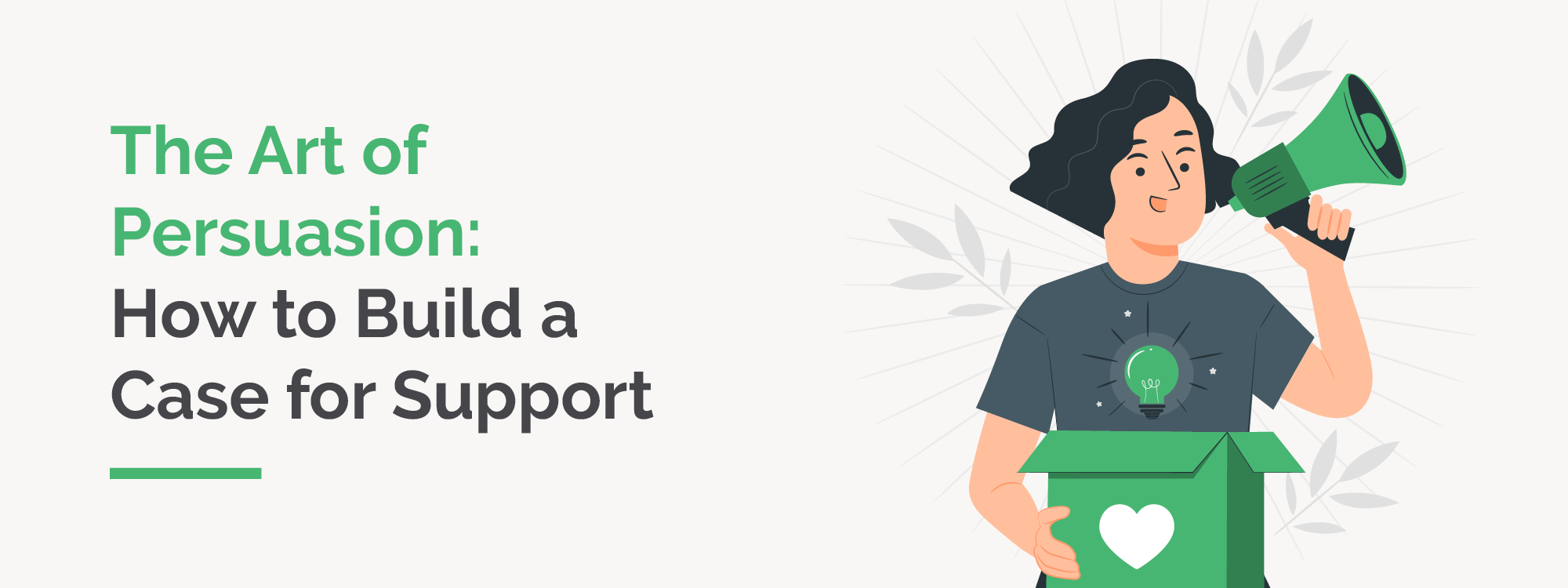
The Art of Persuasion: How to Build a Case for Support
Convincing an audience to take any kind of action requires making…
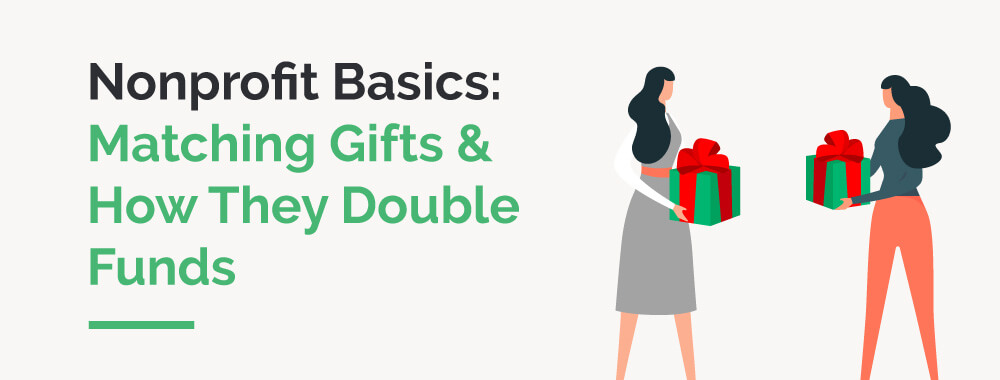
Nonprofit Basics: Matching Gifts & How They Double Funds
Corporate giving is a big deal for nonprofits. Giving USA’s…

